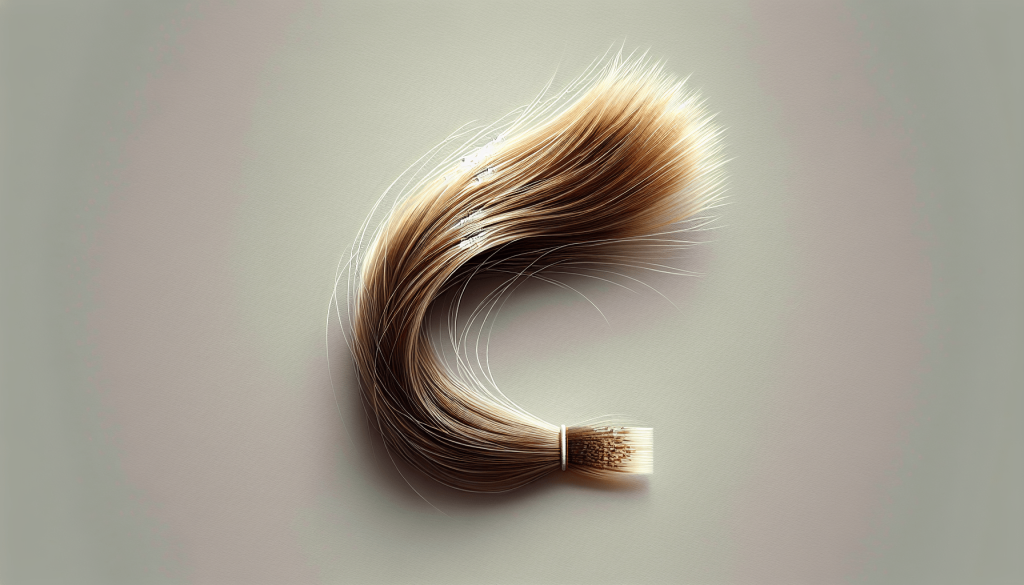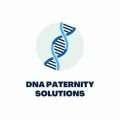Do you ever wonder if a paternity test can be done with hair samples? In this age of scientific advancements, you have various options to establish paternity, but using hair samples might catch your interest due to their non-invasive nature. Let’s break down the detailed information around this intriguing topic and offer you valuable insights into how hair samples can be used in paternity testing.
What is Paternity Testing?
Paternity testing determines whether a man is the biological father of a child. The test analyzes the DNA of the purported father and the child to check for a match in their genetic markers. DNA, or Deoxyribonucleic Acid, contains our hereditary material and is passed down from parents to children.
Types of Samples Used in Paternity Testing
Here’s a look at the common sample types used in paternity testing:
| Sample Type | Description |
|---|---|
| Buccal (Cheek) Swab | A swab taken from the inside of the cheek. Quick and painless. |
| Blood | Analyzed through blood cells. Accurate, but invasive. |
| Hair | Uses hair follicles containing DNA. Less common and more complex. |
| Saliva | DNA is extracted from the saliva. Non-invasive and convenient. |
| Other Tissues | Includes skin, nails, and other tissues. Used in specialized scenarios. |
Understanding Hair Samples for DNA Testing
Hair Follicles vs. Hair Strands
When using hair samples for DNA testing, it is crucial to understand the difference between hair follicles and hair strands.
- Hair Follicles: The hair follicle is the part of the hair that remains beneath the skin. This portion contains the DNA.
- Hair Strands: Hair strands are the parts of your hair that are visible. These do not contain viable DNA for paternity tests unless they include the root with the follicle.
The DNA Extraction Process from Hair
Extracting DNA from hair is more challenging than from cheek swabs or blood samples because the hair must have the root attached—the follicle contains the necessary DNA. Here’s how the process works:
- Collection: A sufficient number of hair follicles (usually 5-10) are collected.
- Extraction: The follicles undergo a meticulous process to extract usable DNA.
- Analysis: The DNA is then analyzed and compared to the child’s DNA markers.

Advantages and Disadvantages of Using Hair Samples
Before deciding if hair samples are right for your paternity test, consider the pros and cons.
Advantages
- Non-invasive Collection: Collecting hair doesn’t involve needles or uncomfortable procedures.
- Ease of Collection: You can collect hair samples at home, making the process accessible.
- Alternative Option: In cases where other samples are unavailable, hair can be a viable alternative.
Disadvantages
- Complexity: Extracting DNA from hair is technically challenging and often more expensive.
- Need for Follicles: Hair strands without follicles are useless for DNA testing.
- Lower Yield: Hair provides less DNA compared to blood or saliva, which could affect the test’s accuracy.
Accuracy and Reliability
Comparison with Other Methods
The accuracy of a paternity test depends on the quality of the DNA sample.
- Buccal Swabs: Around 99.9% accurate if samples are freshly collected.
- Blood: Also very accurate but involves an invasive procedure.
- Hair: Provides reliable results if collected and processed correctly, but a higher possibility of contamination and failure exists.
Laboratory Standards
Accredited laboratories follow stringent standards to ensure accurate results. When considering a lab for hair-based paternity testing, look for certifications like ISO or AABB (American Association of Blood Banks).

Practical Scenarios for Hair Sample Paternity Testing
Legal vs. Non-Legal Tests
- Legal Paternity Tests: These require a strict chain of custody and often don’t use hair samples due to collection and authentication complexities.
- Non-Legal Paternity Tests: Hair samples can be conveniently used for personal knowledge or peace of mind.
When Hair Samples Are Useful
- Post-Mortem Testing: When other samples are unavailable, hair from the deceased can be tested.
- Parental Absence: If the legal guardian cannot be present, hair samples can be collected discreetly by anyone.
- Archives: If a hair sample was preserved, it might still be viable for testing.
How to Collect Hair Samples
Guidelines for Effective Collection
Follow these steps to collect effective hair samples for DNA testing:
- Clean Scissors/Tweezers: Ensure the tools are sterile to avoid contamination.
- Pull, Don’t Cut: Ensure you pull to include the follicle, not just cut the strand.
- Quantity: Collect 5-10 hairs with follicles to guarantee a sufficient DNA sample.
- Storage: Store the hair in a dry paper envelope; plastic can create moisture, leading to degradation.
Packaging and Sending to the Laboratory
- Label Carefully: Include clear and correct labeling for each sample.
- Use Appropriate Containers: Paper envelopes are preferable to avoid moisture.
- Follow Lab Instructions: Adhere to the laboratory’s specific instructions for packaging and shipping.
Ethical Considerations and Consent
Legal and Ethical Implications
Conducting a paternity test without consent can lead to legal and ethical dilemmas.
- Parental Consent: Both parents should consent when testing a minor.
- Privacy: Handle all DNA samples responsibly to respect privacy and confidentiality.
Potential Emotional Impact
Paternity results can have significant emotional consequences for families.
- Counseling: Consider pre and post-test counseling to prepare and help process the results.
- Communication: Open, honest conversations within family units can mitigate emotional distress.
Final Thoughts on Hair Samples for Paternity Testing
While hair samples can be used for paternity testing, they come with both advantages and challenges. Understanding the complexities, from proper collection to ethical considerations, can better prepare you for the process.
Summary of Key Points
- Non-Invasive Option: Hair samples are non-invasive and relatively easy to collect.
- Complexity: Extracting usable DNA from hair, especially follicles, is intricate and costly.
- Accuracy: Though reliable, the DNA yield is often lower, making other methods preferred.
- Practical Use: Most effective in non-legal scenarios or when traditional samples aren’t available.
By asking these crucial questions and exploring in-depth information, you’re empowered to make informed decisions about using hair samples for paternity testing.
